Ceramic garden pots are undergoing significant transformations in the global gardening market. From the adoption of sustainable materials to the integration of smart technology, the industry is evolving rapidly. So, what are the key factors shaping the future of ceramic garden pots? In this article, we will explore eight major trends to help buyers, cross-border e-commerce sellers, and garden brands seize market opportunities.
1. The Rise of Sustainable Materials
Global consumers are increasingly prioritizing eco-friendly products, and the ceramic garden pot industry is shifting toward sustainability.
Trends in Sustainability
- Low-carbon production: More manufacturers are adopting natural gas kilns and solar-powered operations to reduce carbon emissions.
- Use of eco-friendly materials: Some ceramic pots now incorporate recycled clay and natural minerals to reduce excessive resource extraction.
- Recyclability and biodegradability: Certain manufacturers are experimenting with recyclable glazes and even biodegradable ceramic materials.
Market Examples
- Elho (Netherlands) specializes in eco-friendly flowerpots, using recycled materials and committing to 100% carbon-neutral production.
- Bergs Potter (Denmark) uses pure natural clay and minimizes industrial wastewater discharge.
- Poterie Ravel (France) relies on handmade production to reduce industrial carbon footprints.
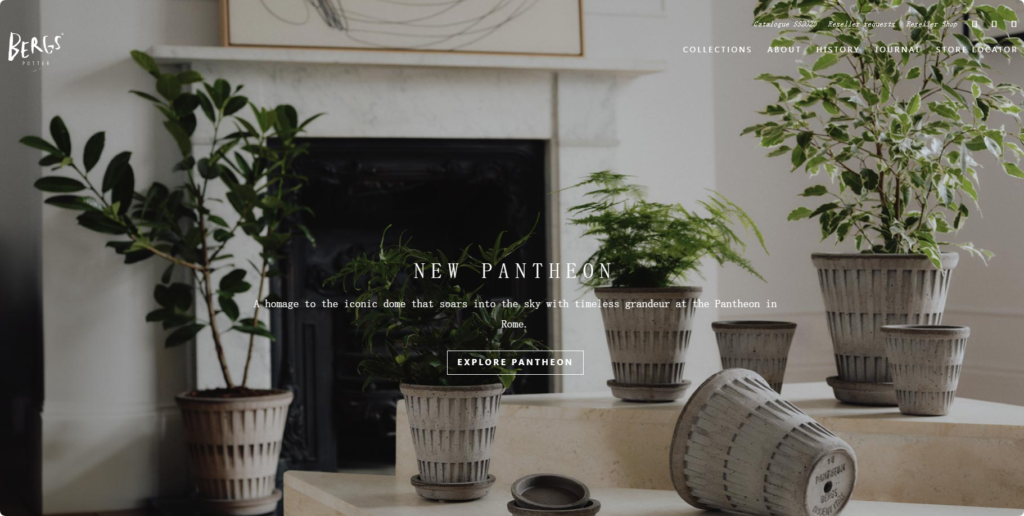
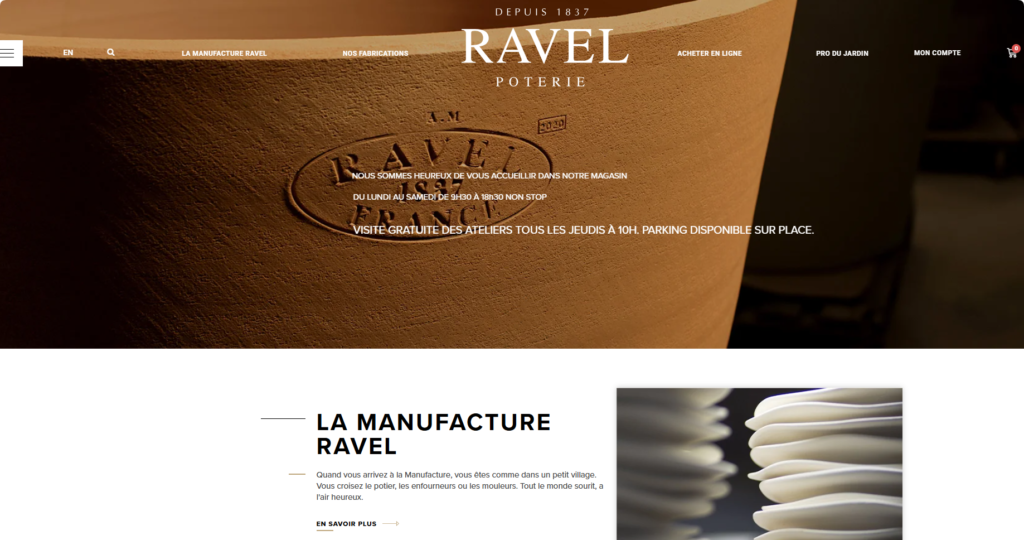
These successful brands demonstrate that sustainability is becoming a crucial factor in consumers’ purchasing decisions.
2. Innovative Designs and Customization
As consumer aesthetics evolve, ceramic garden pots are no longer just functional containers but stylish and artistic decor pieces.
Popular Design Trends
- Unique glazing: Matte, crackle, and antique glazes are gaining popularity.
- Carving and embossing techniques: Handmade carved or embossed designs cater to the high-end market.
- Asymmetrical shapes: Unconventional, artistic pot designs attract younger buyers.
- Multifunctionality: Stackable pots, integrated saucers, and modular designs cater to modern living needs.
Market Data
According to Statista, the global high-end home decor market has been growing at 6.5%, and the personalized homeware sector is projected to reach $50 billion by 2026. This suggests that brands offering customized ceramic pots will have a competitive edge.
Opportunities in Customization
The increasing demand for OEM and ODM orders presents an opportunity for businesses to collaborate with manufacturers to develop custom ceramic pots, such as branded logos, exclusive colors, or engraved patterns, enhancing brand recognition.
3. The Rise of Smart Pots
With the expansion of smart home technology, smart ceramic garden pots are gaining traction, particularly in Western markets.
Key Features of Smart Pots
- Self-watering systems: Built-in reservoirs with capillary action supply water automatically.
- Soil moisture monitoring: Sensors integrated into the pot provide real-time data via mobile apps.
- LED grow lights: Ideal for indoor plants lacking sufficient sunlight.
- Voice control: Smart pots that sync with Alexa or Google Home allow hands-free plant care.
Market Examples
- Click & Grow (USA) developed self-watering ceramic pots with automated light and moisture adjustments, perfect for urban households.
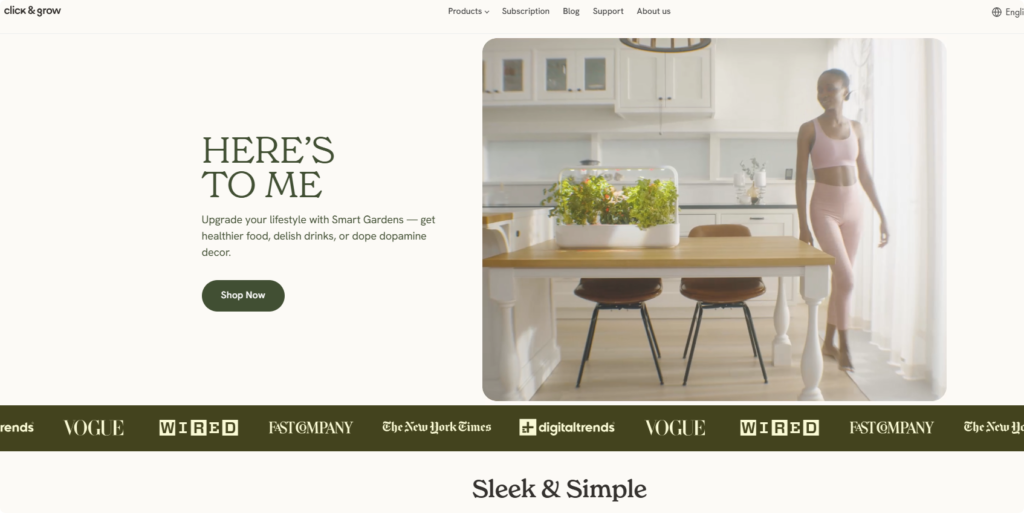
- Prêt à Pousser (France) combines hydroponic technology with smart features for kitchen-friendly gardening.
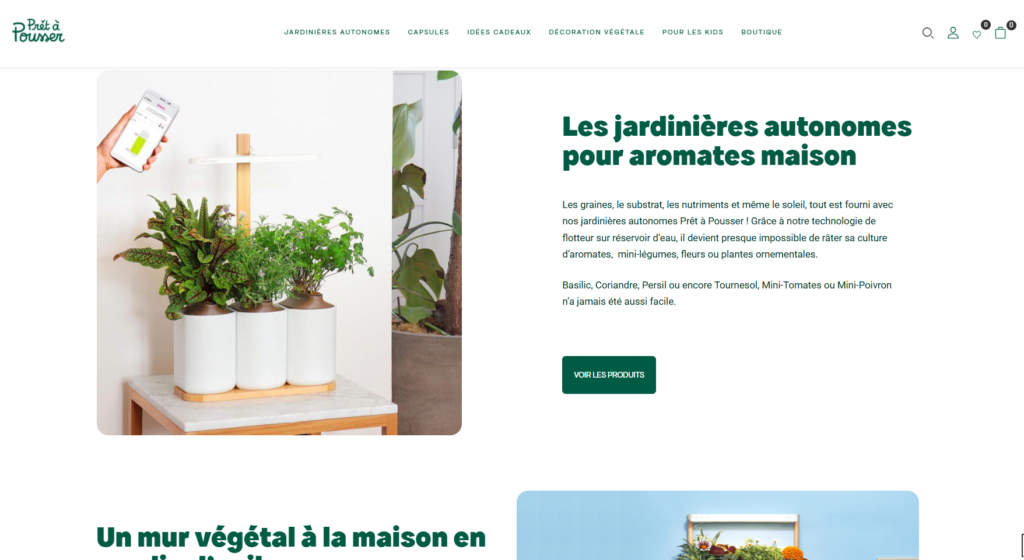
The smart ceramic pot market is still in its early stages but has strong potential for future growth.
4. The Growth of Urban Gardening
As urbanization accelerates, limited living space has increased demand for compact, lightweight ceramic pots.
Urban Gardening Trends
- Balcony gardening: Hanging pots and small-space-friendly planters are in high demand.
- Rooftop greening: Lightweight ceramic materials replace traditional heavy pots.
- Indoor micro-landscaping: Succulents and miniature gardens in ceramic pots have become a home decor trend.
The rise of urban gardening presents opportunities for cross-border e-commerce sellers to tailor their ceramic pot offerings to different market needs.
5. The Impact of Cross-Border E-Commerce
With platforms like Amazon, Etsy, eBay, and Wayfair, ceramic garden pots have become a popular category in home decor and gardening.
Success Strategies for E-Commerce Sellers
- Lightweight designs: Reducing weight lowers shipping costs and breakage rates.
- Premium packaging: Foam inserts and honeycomb cardboard protect fragile ceramic pots.
- Adapting to local market preferences: Western consumers prefer minimalist, neutral-toned pots, while Japanese buyers favor small, handcrafted designs.
For cross-border sellers, partnering with OEM/ODM suppliers ensures better product differentiation and competitiveness.
6. The Influence of Global Gardening Exhibitions
International gardening expos set the tone for industry trends. Some of the most influential trade shows include:
- Spoga+Gafa (Germany): Showcases the latest innovations in gardening, sustainability, and technology.
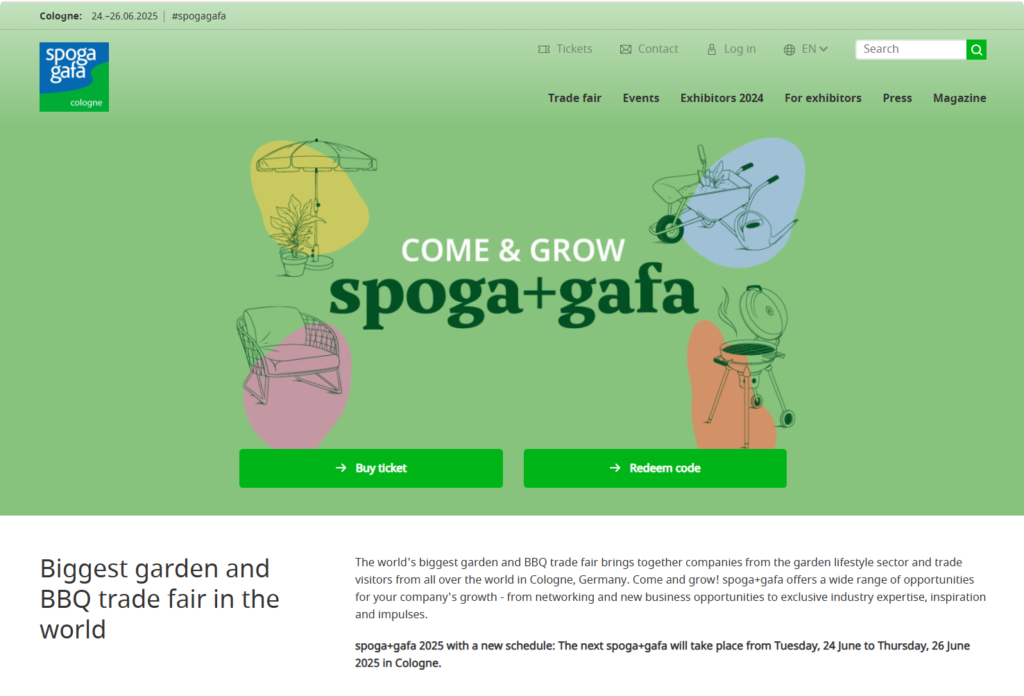
- Maison&Objet (France): A high-end home decor exhibition emphasizing artistic designs.
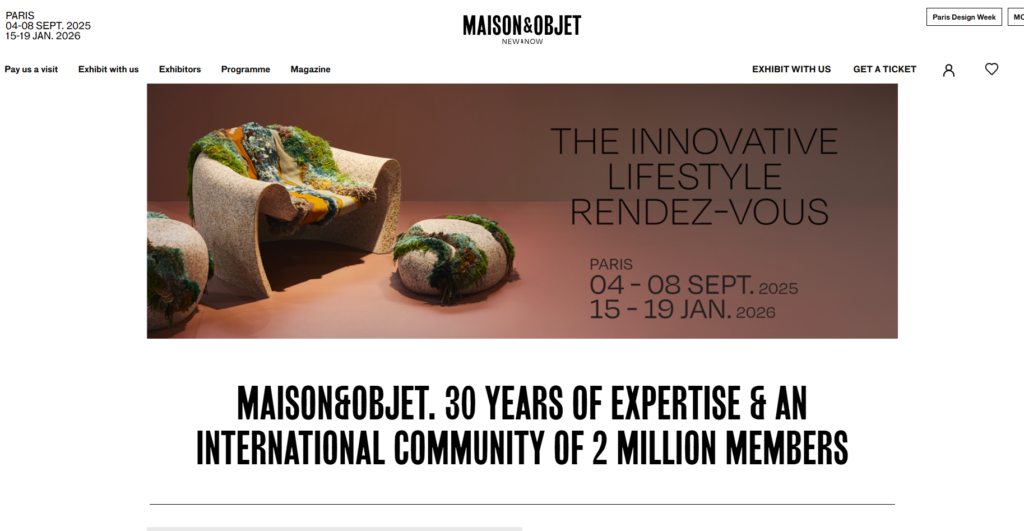
- Canton Fair (China): A key venue for finding OEM/ODM manufacturers and expanding supply chains.
7. The Integration of Ceramic Pots with Home Decor
Modern consumers are increasingly treating garden pots as part of their home decor, creating a “plant + decor” trend.
Popular Home Decor Styles
- Minimalist style: Matte white, black, and gray ceramic pots.
- Vintage style: Aged glazes and handmade textures.
- Bohemian style: Brightly colored glazes with ethnic patterns.
Manufacturers should consider diversifying their ceramic pot designs to cater to various home decor styles.
8. Logistics and Supply Chain Optimization
Due to the fragile nature of ceramic pots, logistics efficiency and packaging innovation are critical factors for e-commerce and wholesale businesses.
Solutions for Improved Logistics
- Enhanced packaging: Shockproof filling materials like foam beads and bubble wrap.
- Smart warehousing: RFID technology for better inventory management.
- Cost-effective shipping: Consolidated freight and optimized loading strategies to reduce costs.
By improving packaging and logistics, ceramic pot suppliers can minimize breakage rates and ensure smooth global distribution.
Conclusion: Market Opportunities and Challenges
The ceramic garden pot industry is undergoing rapid changes. From sustainable materials to smart designs, suppliers, e-commerce sellers, and buyers must keep up with evolving trends. Choosing an OEM/ODM manufacturer that aligns with market needs is crucial for success.
If you’re looking for high-quality ceramic garden pots, Hale offers innovative designs, sustainable materials, and flexible customization services to help grow your business!
FAQ – People Also Ask
Q1: How to choose ceramic garden pots for e-commerce?
A1: Opt for lightweight yet durable pots with break-resistant packaging and styles that align with target market preferences.
Q2: What are the benefits of smart garden pots?
A2: Smart pots provide automatic watering, real-time moisture monitoring, and enhanced plant care features.
Q3: How to reduce ceramic pot shipping damage?
A3: Use reinforced packaging, optimize stacking during transportation, and partner with reliable logistics providers.
This article provides insights into the future of ceramic garden pots. If you have more questions, feel free to reach out or leave a comment! 🚀

